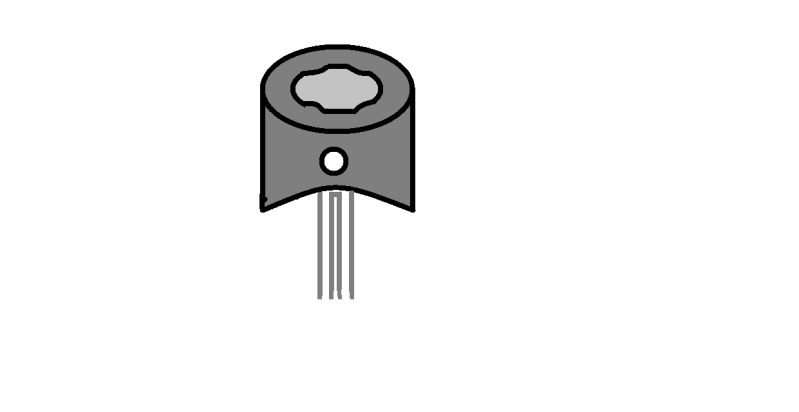What does this mean for valve reliefs? Better or worse for the piston? you say "quench gets in the way" but isn't it quench that helps create torque?
on edit:
by creating torque I mean: my understanding of quench is it that the tighter the quench, more pressure occurs inside the bowl and not outside of it. However, it sounds as if this is not best? Am I understanding that properly?
on edit:
by creating torque I mean: my understanding of quench is it that the tighter the quench, more pressure occurs inside the bowl and not outside of it. However, it sounds as if this is not best? Am I understanding that properly?
Last edited:


